Between Europe and Asia sits a city that defies easy categorization—Tbilisi, the capital of Georgia, where ancient traditions blend with cutting-edge creative energy. In recent years, this historic crossroads has emerged as an unexpected haven for digital nomads, artists, designers, and entrepreneurs seeking affordable inspiration off the beaten path.
The city’s unique blend of architectural styles, thriving arts scene, and genuinely welcoming culture creates an environment where creative work flourishes. Here is a list of 15 reasons why Tbilisi has become a magnet for creative professionals from around the world.
Architectural Time Travel
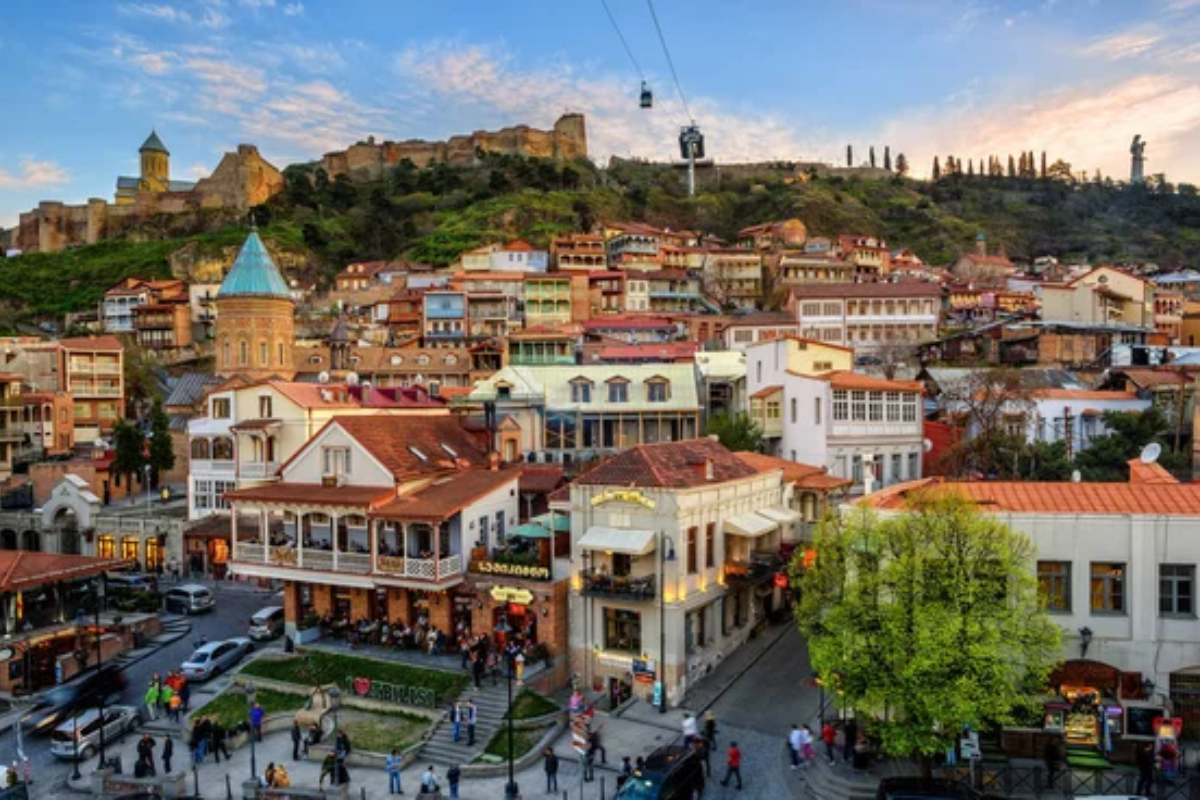
Tbilisi’s cityscape offers an extraordinary visual journey through centuries of design influences, from Persian and Byzantine to Soviet Brutalist and contemporary experimental structures. The Old Town features distinctive wooden balconies with intricate carvings that hang precariously over narrow cobblestone streets, creating natural framing devices that photographers find irresistible.
The city embraces architectural contrasts rather than hiding them—a 6th-century church might stand beside a Soviet-era apartment block and a strikingly contemporary glass structure, all within the same viewpoint. This visual complexity provides endless reference material for designers and visual artists seeking to blend traditional and modern elements in their work.
Affordable Studio Spaces
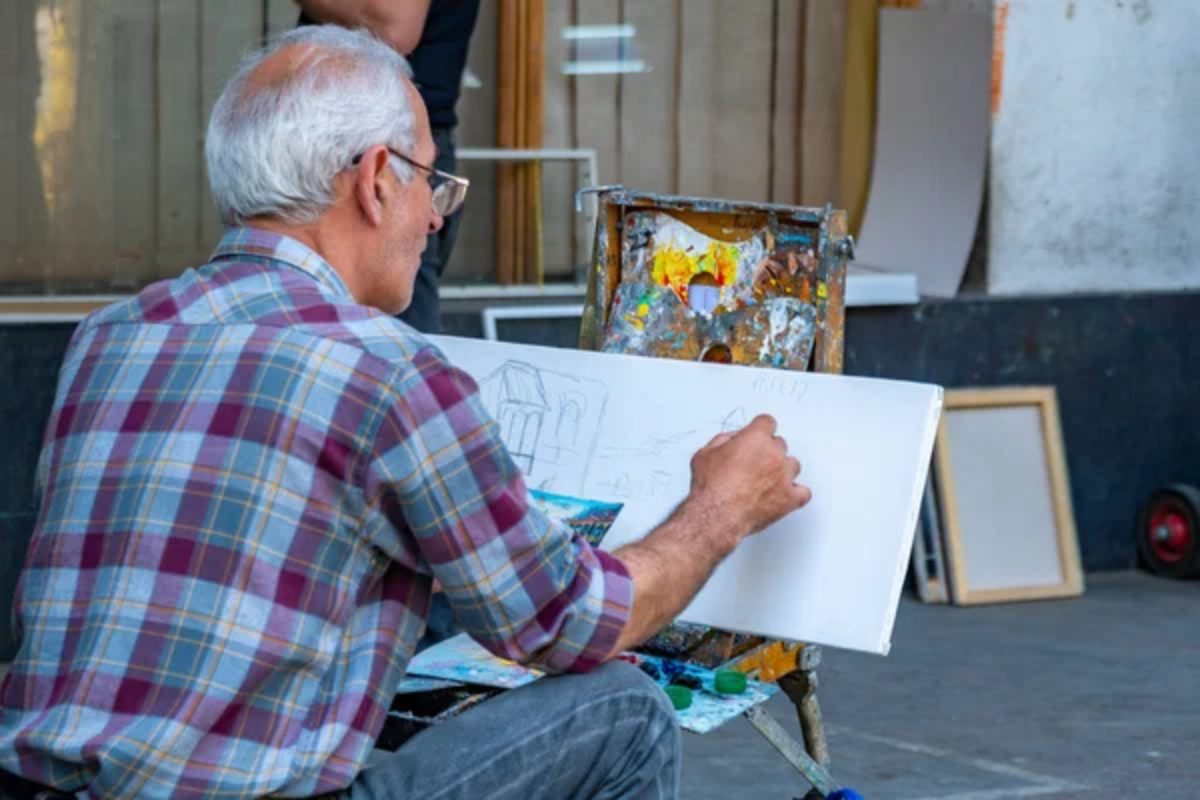
Unlike established creative capitals where workspace costs can consume most of a freelancer’s budget, Tbilisi offers remarkably affordable studio options in characterful buildings. Former Soviet factories have been repurposed into vast creative complexes where high ceilings and industrial features provide ideal working environments for artists and makers.
Many buildings feature distinctive architectural details from various historical periods, adding character that sterile modern workspaces often lack. The reasonable rents allow creative professionals to maintain larger production spaces than would be possible in Western European or North American cities, enabling more ambitious projects and collaborations.
Like Travel Pug’s content? Follow us on MSN.
Digital Nomad Infrastructure
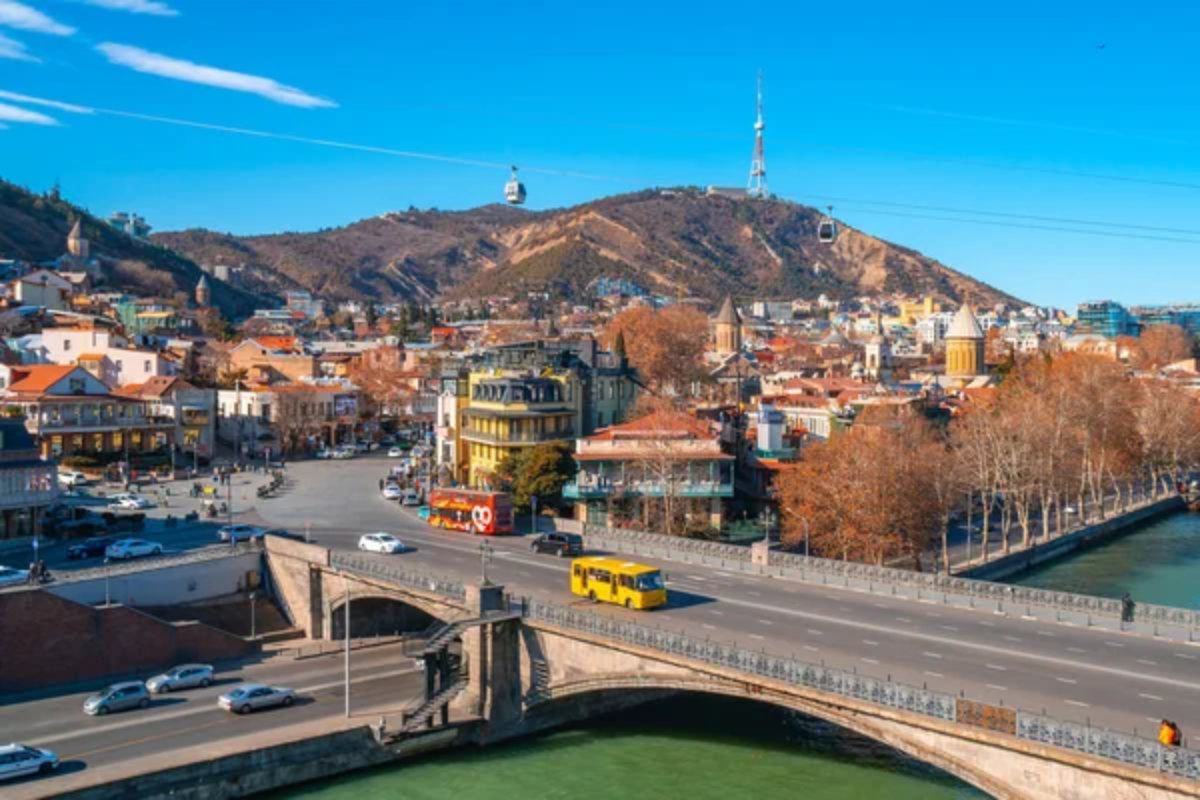
Despite its ancient roots, Tbilisi has developed a surprisingly robust digital infrastructure that supports location-independent work. Numerous cafés and co-working spaces offer reliable high-speed internet connections in atmospheres that range from minimalist modern to atmospheric historical.
The city operates in a time zone (GMT+4) that allows convenient overlap with both European and Asian business hours, facilitating international collaboration. The government has implemented digital-friendly policies, including a remote worker visa program that allows foreign professionals to base themselves in Georgia for extended periods while working with international clients.
Cultural Fusion Cuisine
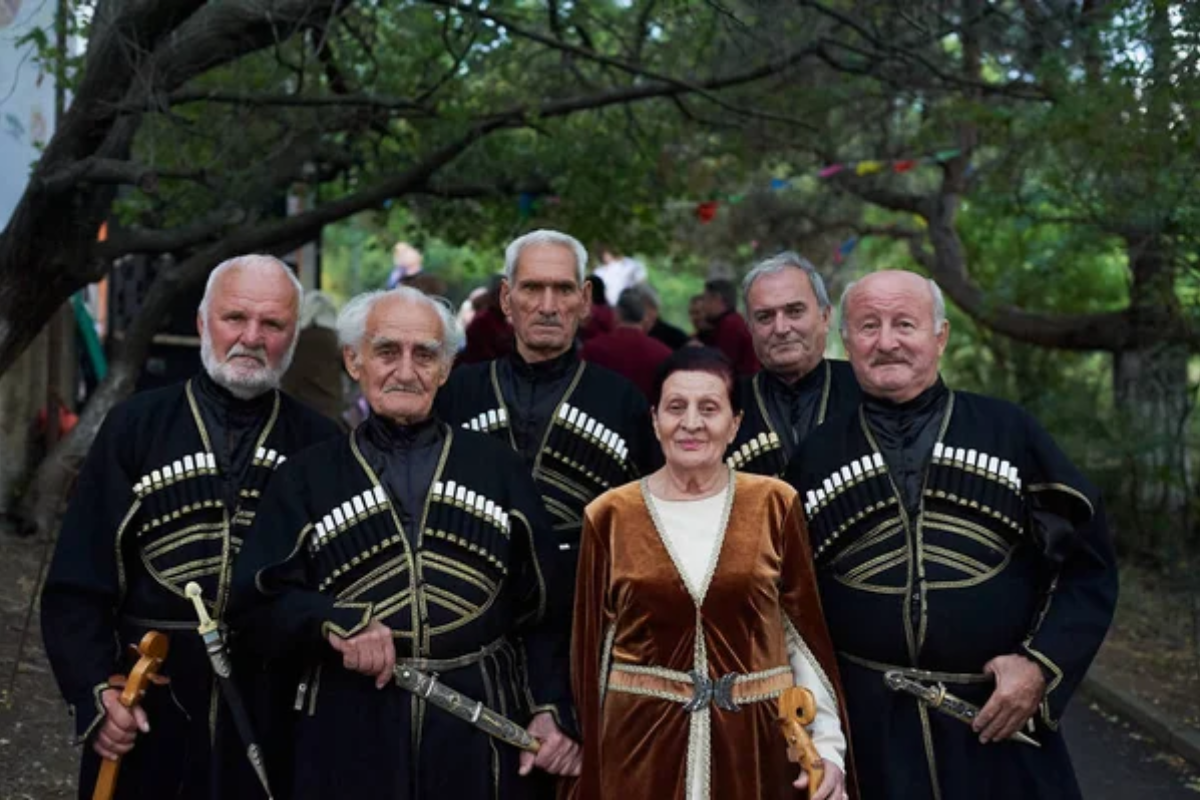
Tbilisi’s food scene reflects its position at the crossroads of civilizations, offering distinctive flavors that stimulate culinary creativity. The traditional Georgian table features dishes with influences from Persian, Turkish, Armenian, and Russian cuisines, creating unique flavor combinations not found elsewhere.
The city’s relationship with wine stretches back 8,000 years, with traditional qvevri methods producing distinctive amber wines that have inspired a natural wine movement drawing international attention. The combination of affordable dining and culinary innovation makes Tbilisi a particularly attractive destination for food photographers, recipe developers, and culinary content creators.
Vibrant Street Art
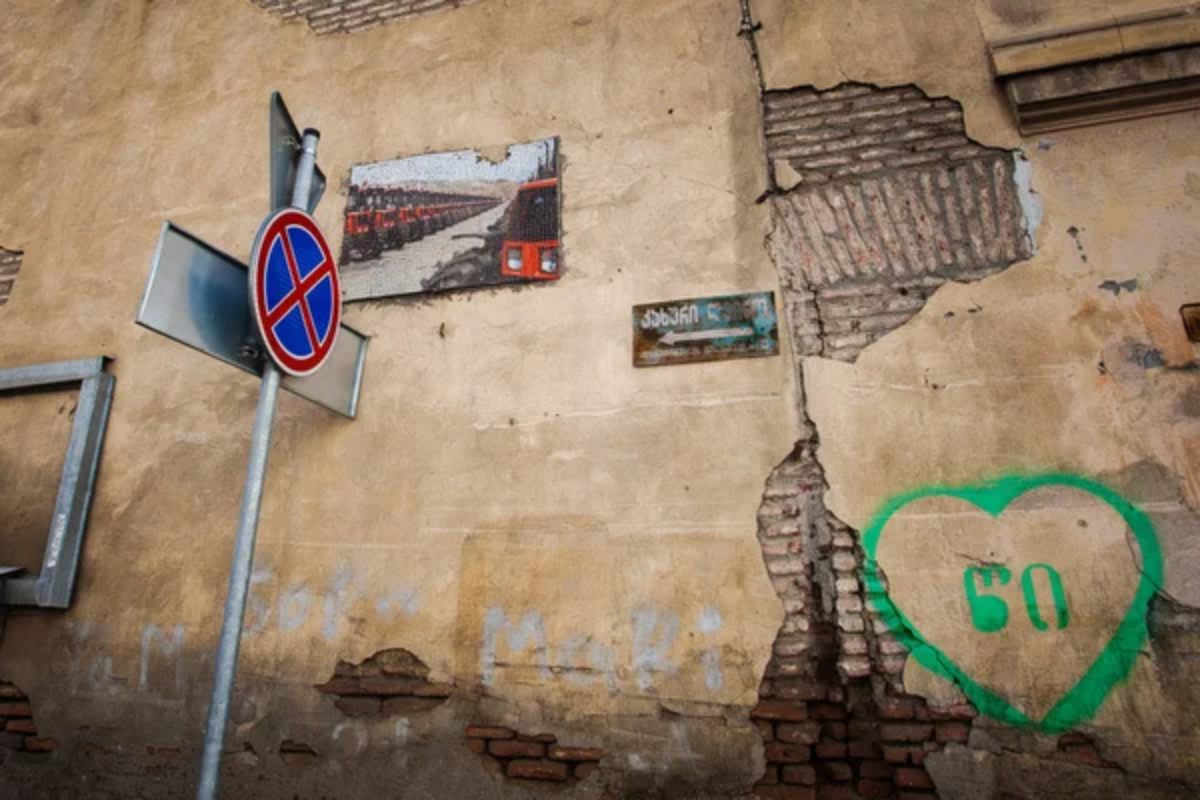
The walls of Tbilisi serve as canvases for both local and international artists, creating an ever-changing outdoor gallery that reflects social and political commentary. Post-Soviet spaces have been reclaimed through colorful murals that transform otherwise austere architecture into vibrant expressions of contemporary Georgian identity.
Many pieces incorporate traditional Georgian script and cultural motifs reinterpreted through modern design sensibilities, creating a distinctive visual language. The city government has adopted a generally permissive attitude toward street art, allowing creative expression to flourish in public spaces while maintaining respect for historical monuments.
Like Travel Pug’s content? Follow us on MSN.
Emerging Fashion Scene
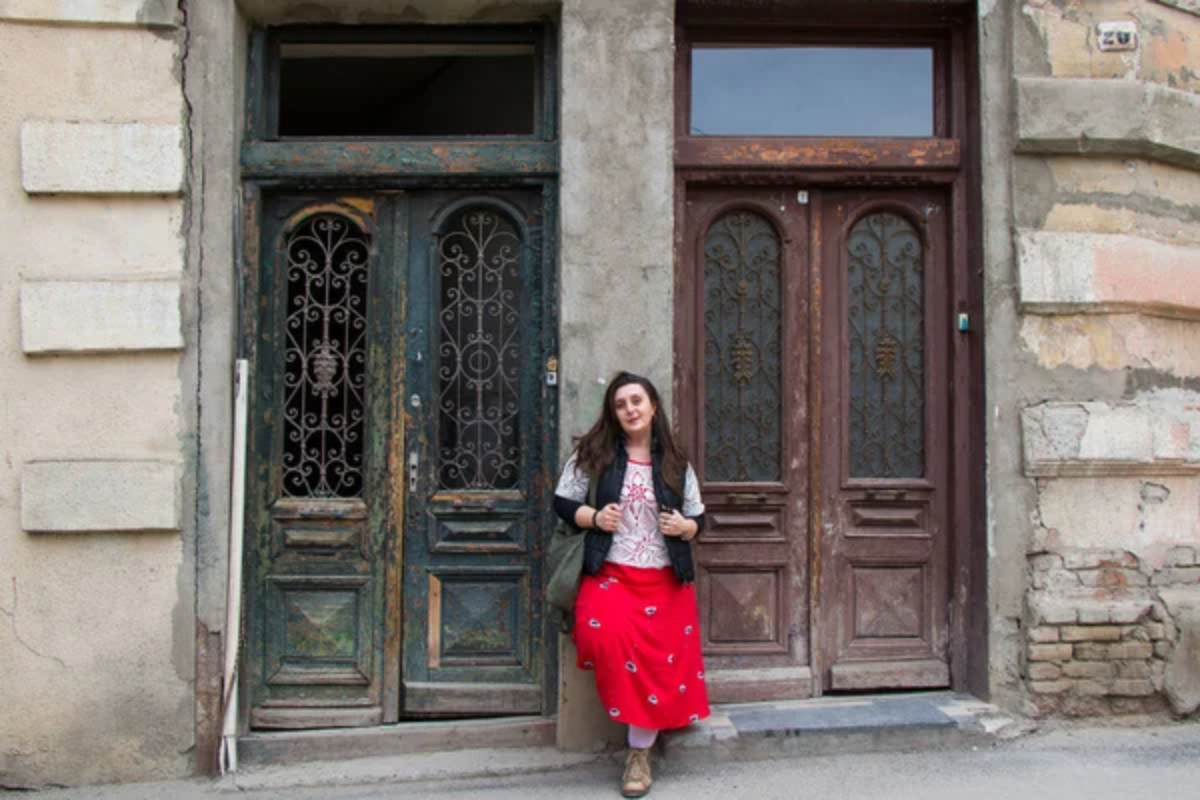
Tbilisi has developed a surprisingly influential fashion community, with Georgian designers gaining international recognition for work that often reinterprets traditional crafts through contemporary silhouettes. The twice-yearly Tbilisi Fashion Week attracts buyers and media from major fashion capitals, creating networking opportunities for emerging designers and stylists.
Local fashion houses often incorporate traditional Georgian textiles and techniques into modern collections, creating distinctive aesthetics that stand out in a globalized industry. The combination of lower production costs and access to skilled craftspeople makes Tbilisi an attractive base for independent designers launching their labels.
Thriving Underground Music

Beyond the traditional polyphonic singing that Georgia is famous for, Tbilisi hosts an electronic music scene that rivals Berlin in its creativity while maintaining a distinctively Georgian character. Clubs like Bassiani, housed in a Soviet-era swimming pool beneath a football stadium, have achieved international cult status among electronic music enthusiasts.
The city’s position between East and West creates unique sonic fusion, with DJs and producers blending traditional Caucasian instruments and rhythms with contemporary electronic production. The relatively relaxed regulatory environment allows for experimental event formats that would face prohibitive licensing requirements in many Western cities.
Affordable Living Costs

Perhaps the most practical advantage for creative freelancers is Tbilisi’s remarkably reasonable cost of living compared to established creative capitals. A comfortable apartment in a central, characterful neighborhood typically costs a fraction of equivalent space in Western European cities.
Transportation, food, and entertainment expenses remain modest by international standards, reducing financial pressure on creative professionals with irregular income streams. The economic accessibility allows artists and designers to take greater creative risks without the constant pressure to commercialize their work immediately for survival.
Like Travel Pug’s content? Follow us on MSN.
Craft Tradition Meets Modern Design
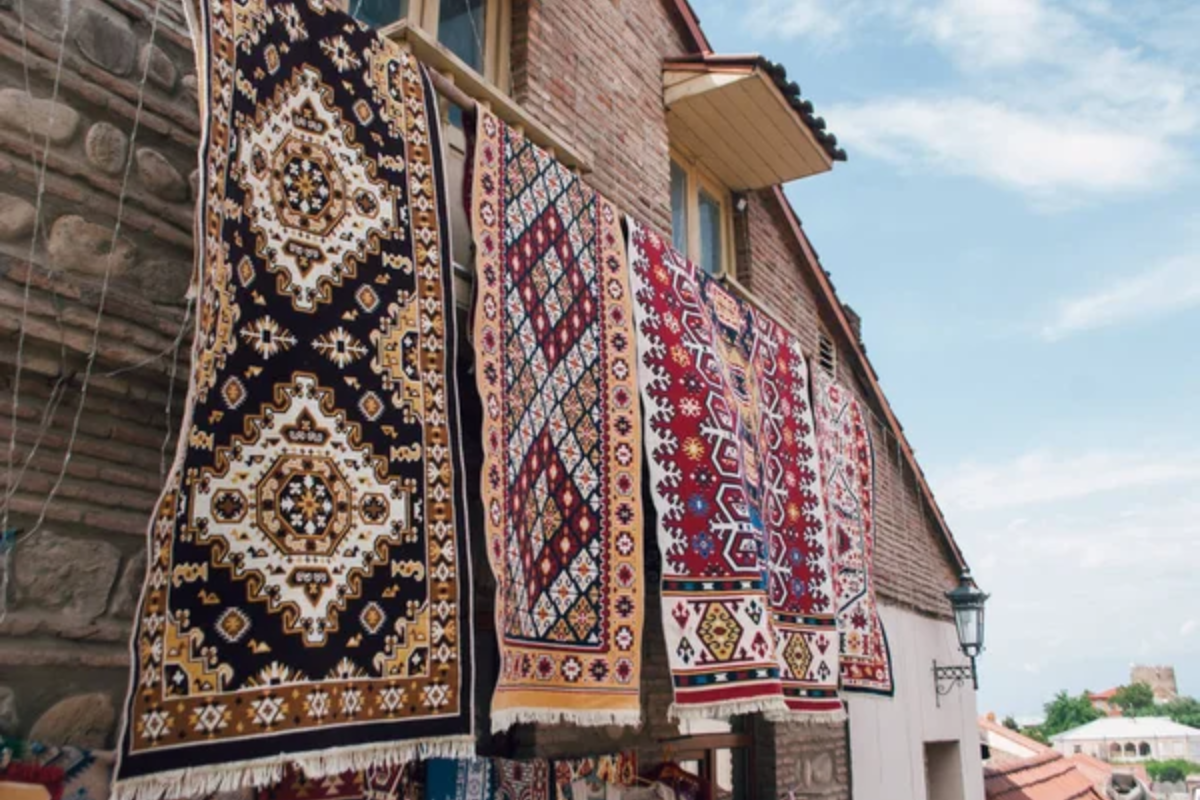
Georgia maintains living traditions of craftsmanship that have largely disappeared in more industrialized societies, creating opportunities for contemporary designers to collaborate with master artisans. Techniques like cloisonné enamel work, felt-making, ceramics, and woodcarving maintain their authentic character while finding new applications in contemporary design contexts.
The Dry Bridge market and numerous craft studios throughout the city showcase both traditional and innovative approaches to material culture. This environment particularly benefits product designers, jewelers, and textile artists seeking to incorporate handcraft elements into contemporary work.
Photogenic Natural Light

Photographers are drawn to Tbilisi’s distinctive quality of light, which creates dramatic effects as it plays across the city’s varied topography and architectural textures. The city stretches along both banks of the Mtkvari River and rises surrounding hillsides, creating constantly shifting perspectives as light changes throughout the day.
The geographical position between mountain ranges creates particularly clear atmospheric conditions during certain seasons, with golden hour extending longer than in many other cities. Interior spaces in traditional Tbilisi buildings often feature distinctive light patterns created by wooden latticework balconies and traditional stained glass details.
Café Culture for Focused Work

Tbilisi maintains a thriving café culture that perfectly supports the working patterns of creative freelancers seeking atmospheric yet functional spaces. Unlike in many Western cities, cafés generally welcome customers to linger for hours over a single cup of coffee, creating ideal environments for writing or digital work.
Many establishments occupy historic buildings with distinctive architectural features, providing stimulating backdrops that enhance creative thinking. The café culture extends beyond daytime hours, with many venues transforming into wine bars or performance spaces in the evening, facilitating a natural transition from work to networking.
Like Travel Pug’s content? Follow us on MSN.
Film Industry Momentum

Georgia’s growing film industry has transformed Tbilisi into a regional production hub, offering opportunities for cinematographers, set designers, costume specialists, and other creative professionals. The government offers substantial tax incentives for international productions, bringing global film projects that hire local creative talent.
The city’s diverse architectural periods and relatively untouched Soviet-era neighborhoods provide distinctive filming locations that can stand in for various historical periods and geographical settings. This growing industry creates steady work opportunities for creative professionals between their projects, supporting sustainable creative careers.
Ceramic Renaissance
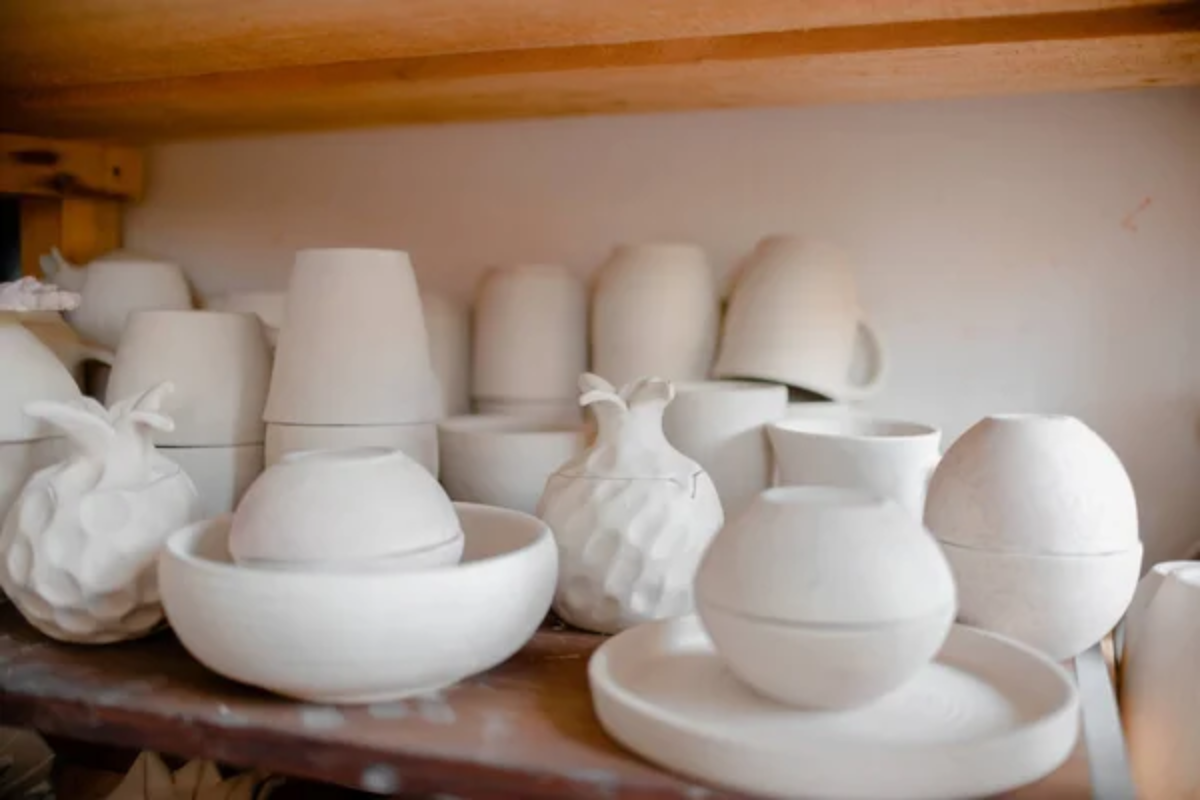
Tbilisi is experiencing a remarkable revival in ceramic arts, with contemporary artists reinterpreting Georgia’s ancient pottery traditions through modern design sensibilities. The city now hosts numerous ceramic studios where traditional techniques meet experimental approaches, creating distinctive aesthetic vocabularies.
Local clay sources with particular mineral compositions produce characteristic colors and textures that give Tbilisi ceramics their distinctive quality. The growing international market for handcrafted ceramics creates sustainable income opportunities for artists working in this medium, while the relatively low production costs allow for experimental approaches.
Print Culture Revival

Independent publishing and print media maintain cultural significance in Tbilisi, creating opportunities for illustrators, graphic designers, and writers to engage with physical print in ways that have diminished elsewhere. Several independent bookstores and print workshops support small-run publications that wouldn’t be economically viable in markets with higher production costs.
The Georgian alphabet’s distinctive visual character creates unique typographic possibilities that graphic designers find particularly inspiring. The tradition of samizdat (self-published) literature during Soviet times has evolved into contemporary independent publishing practices that maintain the value of physically printed materials.
Like Travel Pug’s content? Follow us on MSN.
Genuine Welcome

Perhaps the most frequently cited reason creative nomads extend their stay in Tbilisi is the genuine hospitality that characterizes Georgian culture. The tradition of treating guests as gifts from God translates into authentic connections that move beyond transactional tourism relationships. Local creatives actively welcome foreign collaborators, creating natural opportunities for cross-cultural projects that benefit from diverse perspectives.
The relative newness of Tbilisi on the global creative circuit means that foreign artists aren’t viewed with the fatigue sometimes encountered in oversaturated creative capitals, creating more authentic integration possibilities.
Creative Crossroads Connections

The unpretentious intersection of diverse influences and perspectives in Tbilisi creates an environment where inspiration flows naturally. In this fascinating city of contrasts—where ancient traditions coexist with cutting-edge innovation and where East meets West in authentic cultural dialogue—creative professionals find the perfect balance of stimulation and focus.
The affordability allows extended stays that evolve beyond tourist observations into genuine cultural immersion, while the growing international creative community provides connection without overwhelming the authentic local character. The next time you’re seeking creative renewal or a productive environment for a major project, consider looking beyond the established creative capitals of this remarkable city where tradition and innovation dance together against a backdrop of ancient mountains and contemporary vision.
More from Travel Pug

- 20 Towns Built for One Purpose That Were Later Abandoned
- 15 Hidden Spots in Disney World’s Magic Kingdom Most Visitors Miss
- 20 Once-Popular Beach Towns That Are Now Ghostly Empty
- 15 Canyons in the U.S. That Are Just as Stunning as the Grand Canyon
- 10 Under-the-Radar Mountain Towns That Are Both Affordable and Beautiful
Like Travel Pug’s content? Follow us on MSN.
